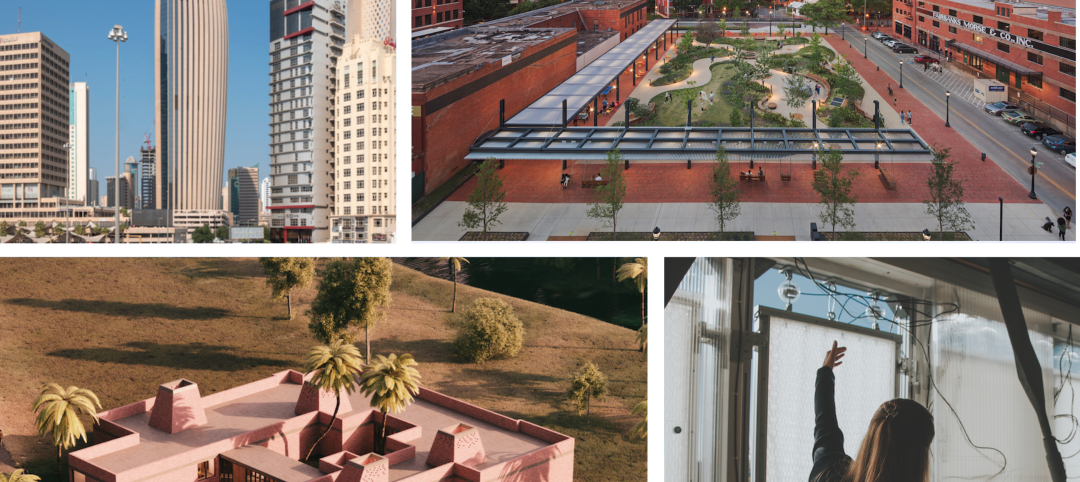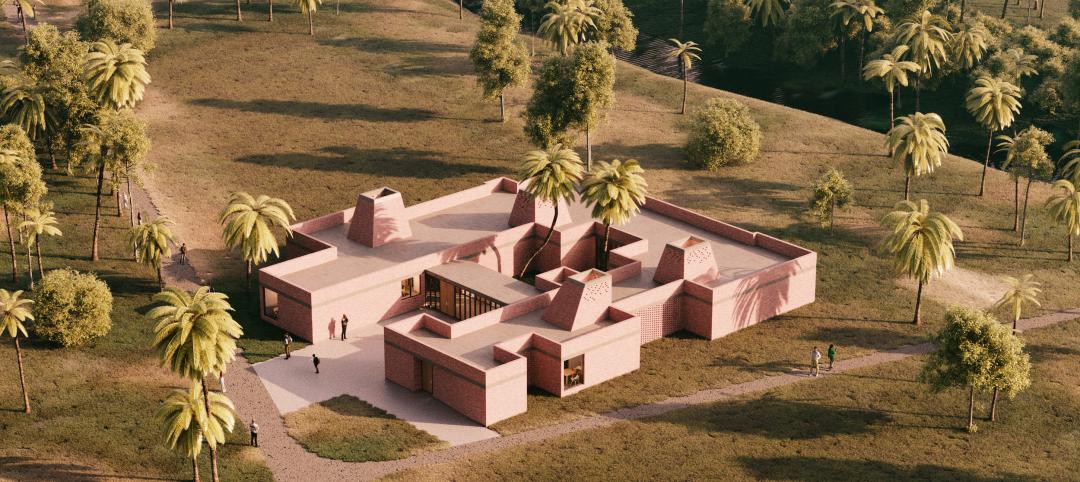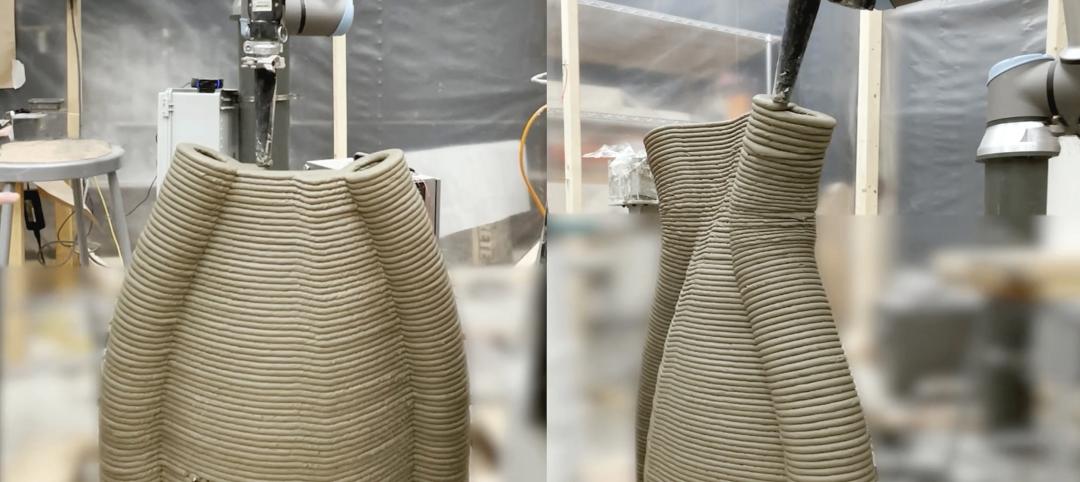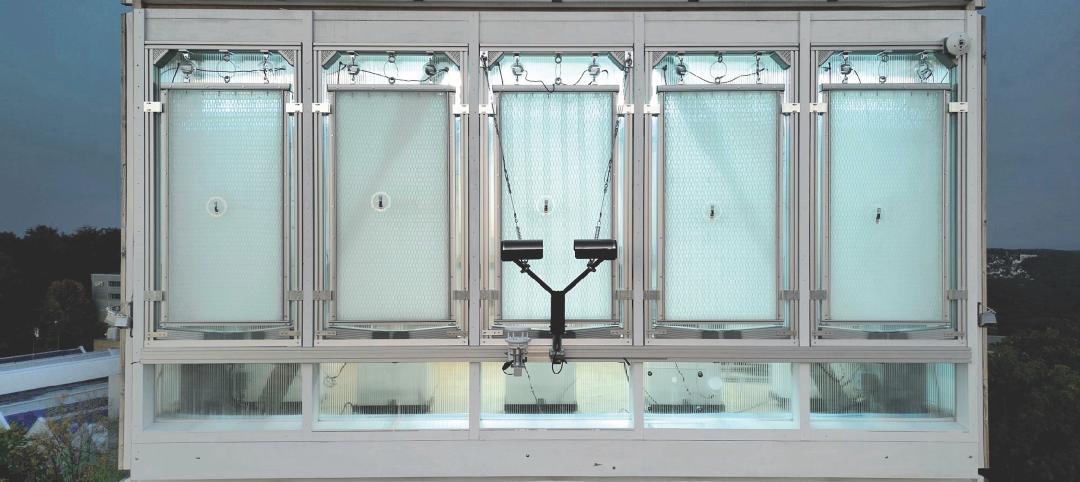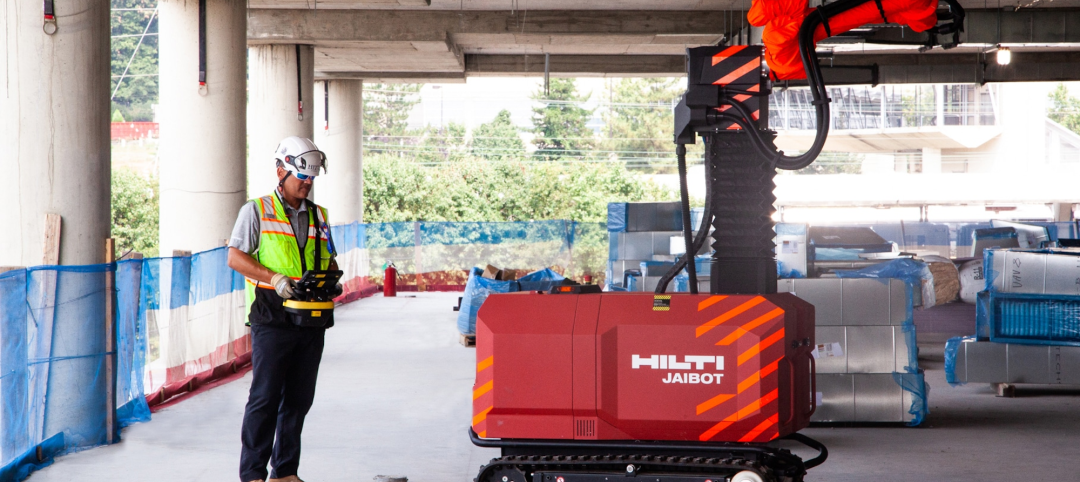The recent 7.1 magnitude earthquake in Southern California was a good reminder that, unlike many other natural disasters, earthquakes can strike at any time, without warning. And the panic and anxiety that comes with an earthquake doesn’t stop when the shaking does.
Questions concerning the safety of occupants, the functionality of the building’s critical services, and the integrity of the structure can be difficult to answer in the immediate aftermath.
The creators of OasisPlus hope their new earthquake response system can help. The platform, developed by Kinemetrics, provides the tools and information necessary for an effective earthquake response. The system includes advanced sensing technology, a command console, and a mobile app.
OasisPlus’s sensors measure the building’s movement as it shakes during an earthquake and then evaluates the results based upon a detailed understanding of the building’s performance against the type of motion measured. This data is then translated into a set of alert levels that indicate the expected impact the earthquake will have on different building areas. Alert levels are guided by international standards, including ASCE 41, to help turn the data into actionable information such as the probability of certain levels of damage at specific locations.
See Also: Smart sensor maintains privacy, enhances safety in sensitive spaces
The building leadership team can then use the Command Console to access the alert level information for each section of the building. Alert levels can range from occupant discomfort to potential structural or non-structural damage.
Meanwhile, the mobile app allows users to check-in and indicate their location and if they are injured. Injury and hazard reports made via the app show up immediately in the Command Console. If evacuation is necessary, the Command Console can be used to send an alert to the app that includes exit routes.
A report is automatically sent to the leadership team, response team, and the building’s structural engineering firm. It includes building alert level information and building response data, like inter-story drift, that engineers can use in assessing the structure.
“Not all earthquakes require extreme response or full evacuation, and many times the ability to keep patients under care in place—especially those in ICU settings—can lead to better overall outcomes,” said Ogie Kuraica, President and CEO of Kinemetrics. “OasisPlus can enable smart, real-time decisions that take emergency preparedness and disaster recovery to the next level.”
Related Stories
Design Innovation Report | Apr 27, 2023
BD+C's 2023 Design Innovation Report
Building Design+Construction’s Design Innovation Report presents projects, spaces, and initiatives—and the AEC professionals behind them—that push the boundaries of building design. This year, we feature four novel projects and one building science innovation.
Design Innovation Report | Apr 19, 2023
Reinforced concrete walls and fins stiffen and shade the National Bank of Kuwait skyscraper
When the National Bank of Kuwait first conceived its new headquarters more than a decade ago, it wanted to make a statement about passive design with a soaring tower that could withstand the extreme heat of Kuwait City, the country’s desert capital.
Design Innovation Report | Apr 19, 2023
HDR uses artificial intelligence tools to help design a vital health clinic in India
Architects from HDR worked pro bono with iKure, a technology-centric healthcare provider, to build a healthcare clinic in rural India.
3D Printing | Apr 11, 2023
University of Michigan’s DART Laboratory unveils Shell Wall—a concrete wall that’s lightweight and freeform 3D printed
The University of Michigan’s DART Laboratory has unveiled a new product called Shell Wall—which the organization describes as the first lightweight, freeform 3D printed and structurally reinforced concrete wall. The innovative product leverages DART Laboratory’s research and development on the use of 3D-printing technology to build structures that require less concrete.
Cladding and Facade Systems | Apr 5, 2023
Façade innovation: University of Stuttgart tests a ‘saturated building skin’ for lessening heat islands
HydroSKIN is a façade made with textiles that stores rainwater and uses it later to cool hot building exteriors. The façade innovation consists of an external, multilayered 3D textile that acts as a water collector and evaporator.
Transportation & Parking Facilities | Mar 23, 2023
Amsterdam debuts underwater bicycle parking facility that can accommodate over 4,000 bikes
In February, Amsterdam saw the opening of a new underwater bicycle parking facility. Located in the heart of the city—next to Amsterdam Central Station and under the river IJ (Amsterdam’s waterfront)—the facility, dubbed IJboulevard, has parking spots for over 4,000 bicycles, freeing up space on the street.
Concrete | Jan 24, 2023
Researchers investigate ancient Roman concrete to make durable, lower carbon mortar
Researchers have turned to an ancient Roman concrete recipe to develop more durable concrete that lasts for centuries and can potentially reduce the carbon impact of the built environment.
Sponsored | Resiliency | Dec 14, 2022
Flood protection: What building owners need to know to protect their properties
This course from Walter P Moore examines numerous flood protection approaches and building owner needs before delving into the flood protection process. Determining the flood resilience of a property can provide a good understanding of risk associated costs.
Giants 400 | Nov 14, 2022
4 emerging trends from BD+C's 2022 Giants 400 Report
Regenerative design, cognitive health, and jobsite robotics highlight the top trends from the 519 design and construction firms that participated in BD+C's 2022 Giants 400 Report.
AEC Tech | Apr 13, 2022
A robot automates elevator installation
Schindler—which manufactures and installs elevators, escalators, and moving walkways—has created a robot called R.I.S.E. (robotic installation system for elevators) to help install lifts in high-rise buildings.





